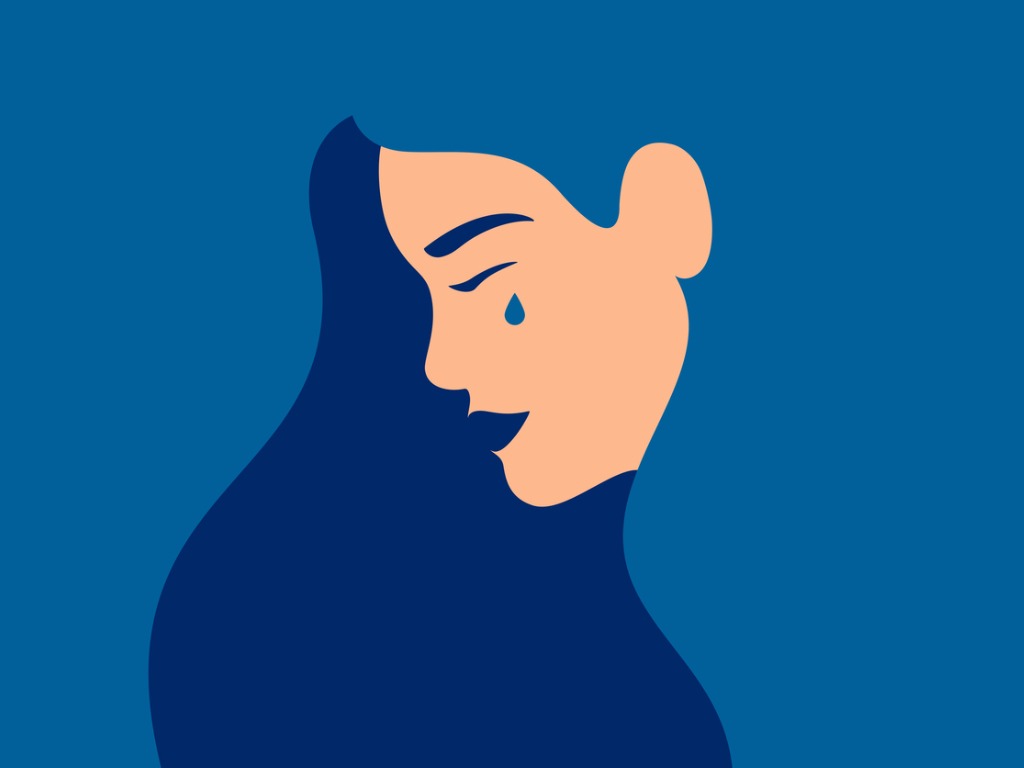There is a dimly lit room.
A group of children is sitting around a table. A red-eyed, unmasked man enters the room. On seeing the unmasked man, the children panic and try to get away, but the man lunges forth and grabs a little girl from the group. He holds her tightly and sneezes on her. The little girl screams and faints. When she wakes up, she spots a mirror where she notices that her eyes have turned the colour of fire, and she feels different.
If you believe this is the plot of a lurid zombie film, well, here is the truth. This was, in fact, one of my eight-year-old daughter’s dreams right at the onset of the pandemic, which she tried to enunciate amidst tears and cries.
A year has passed since that dream, and several similar ones have followed, and what I realised along the way was that my daughter was not alone. Neither are you, for that was what countless posts of pandemic dreams kept telling me as they went viral, ironically influencing more people to have pandemic-focused dreams, as was clear when these people came forth and recalled their dreams.
Adding to this spiralling tower of dreams were statistics from ongoing studies revealing a 35 per cent increase in dream recall among participants during the coronavirus pandemic, with respondents reporting 15 per cent more negative dreams than usual.
I have always wondered about the relation between catastrophes, disasters, and a heightened rise in vivid, detailed dreams. To make a sense of it, I had to take a step back and dig up some studies conducted on sleep and dream content after the 9/11 attacks, and what I read gave me a strange sense of familiarity, almost as if what I knew was part of a never-ending continuum.
So, what is the connection between our dreams and our waking life? How interwoven are our emotions and dreams and our well-being in our wakeful state?
In Dr Sigmund Freud’s book ‘The Interpretation of Dreams’, he believed that our dream’s content is related to wish fulfilment and suggested our dreams contain two types of content: manifest content and latent content. The manifest content is the literal subject of the dream, while the latent content is the primal meaning of these symbols. Freud also elaborates that it was only by unearthing the concealed meaning of dreams that people could better understand their problems and find solutions to the issues that generate difficulties in their lives.
Apply this to our current situation where hundreds of millions of people were forced to huddle at home during the pandemic leading many experts to believe that this withdrawal from our normal routine and milieu would force our subconscious to draw more heavily on themes from our past. In my daughter’s case, her obsession with zombies and monsters came together with the fear and worry of Covid that led to the fabrication of a surreal and make-believe scenario that mirrored her anxiety.
Ironically, after spending sleepless nights over COVID-19 and its impact, and experiencing a few bizarre dreams myself, I explored the journey of these dreams and their impact. What I found along the way was revealing. Eye-opening.
While it is widely believed that nightmares are connected to several mental health issues, vivid bad dreams can help us process our emotions—making it a valuable resource in treating people who have experienced trauma—unravelling a strong link between our dreams, psychological disorders, and their importance in keeping us emotionally stable when in good health.
Cutting through the whole mystique of dreaming, here is a rundown of what happens while we sleep. Our brain gets into office mode, organising and filing away our previous day memories, and revisiting our older memories. It is during our Rapid Eye Movement (REM) cycle (that period before we wake up) we store our most emotional memories. These then become the main theme of our dreams.
The theory ‘sleep to forget, sleep to remember’ rings true and suggests that REM sleep actually boosts emotional memories, safely storing them away that will also help to tone down our ensuing emotional reactions to such events. For instance, if your team leader screams at you and later that night you dream about it, the next time you see your team leader, you are likely to feel less emotional about that event.
Some treatments can support the successful interweaving of old and new experiences, producing a steadier memory system that is tough as nails to handle future traumas. While that’s wonderful news for all those of us besieged by traumatic or bizarre dreams during the pandemic, a series of questions niggle at my mind as we slowly limp towards the new normal in the post-pandemic phase.
Has the pandemic unleashed a rise in our dream recalls? Will it any way hold us back as we return to our new normal lives? Or worse still, could these bizarre, pandemic-themed dreams leave a lasting impression on our dream data bank, threatening the exclusion of deep, peaceful sleep unhindered by outbreak-influenced dreams as part of our new normal?
I don’t have answers to any of these questions yet; for now, I am keeping a close watch on my daughter’s dreams and looking for any sign of the return of her red-eyed, unmasked zombie stranger.
—
Cover Image from iStock by Getty Images.
Crafted with brevity
to make certain you see what others don't
Subscribe. We are growing.












Roopa works as a content writer, based in Dubai. Some of her short stories have been published in international literary magazines and included in some Indian anthologies. When she is not busy chasing project deadlines or writing fiction, this self-confessed Sylvia Plath addict loves staring into space, tuning into Netflix, and dabbling in tarot card reading (not necessarily in the same order). Say hello at roopa.raveendranmenon at gmail dot com.